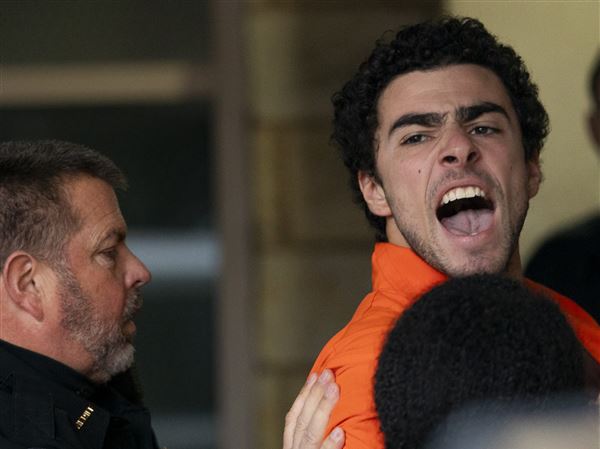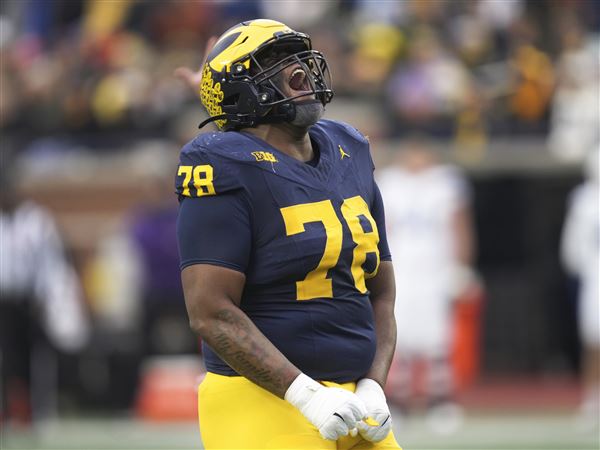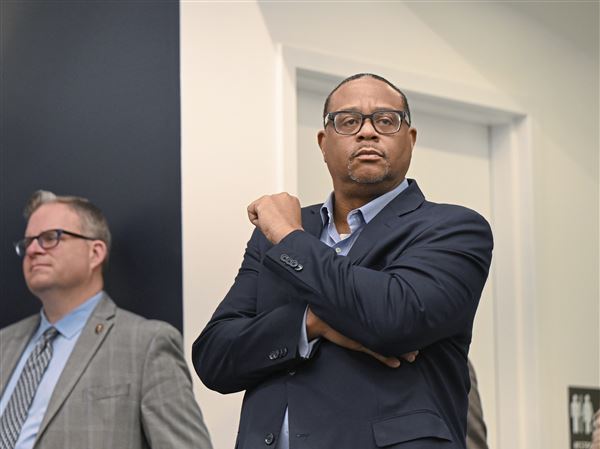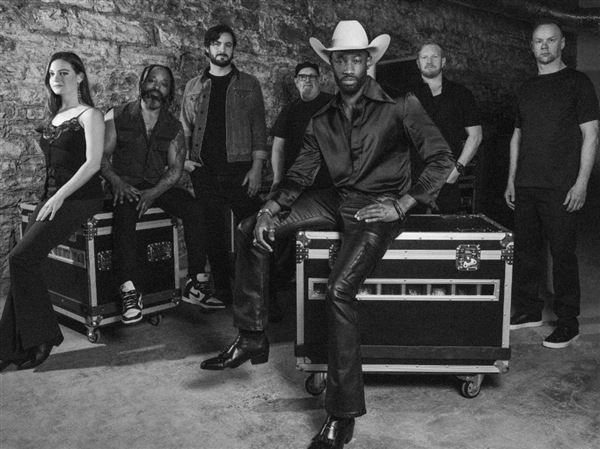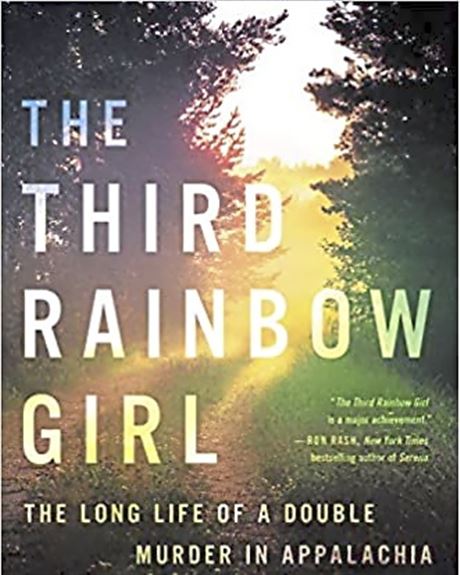On June 25, 1980, two young women who had been hitchhiking to the Rainbow Gathering in Pocahontas County, West Virginia, were found dead in a clearing at Briery Knob, near the Droop Mountain Battlefield State Park. A third young woman had been with them shortly before but changed her mind about continuing on with them, thus the title, “The Third Rainbow Girl: The Long Life of a Double Murder in Appalachia.” But I inferred that “the third rainbow girl” might be a loose reference to the author, as well.
Emma Copley Eisenberg weaves her own narrative into this story about the murders, the investigation, the trial and the character and characters of this county with fewer than 9,000 residents — 942 square miles that is as beautiful and remote as West Virginia gets.
Hachette Books ($27).
One summer during college, the New York City native took a summer job with a nonprofit called Mountain Views. It was a camp for teenage girls, founded by a woman who wanted to help girls be self-confident self-advocates. Ms. Eisenberg would return to work at Mountain Views, smitten by the place as much as the job.
As she describes her life in and around Hillsboro, she tells of a more nuanced place than the Appalachia that most Americans remain ignorant about — a place where people live generously, with spirit of community, getting together to play music, growing gardens, pitching in on each other’s farms, coming and going without fear of each other or the law, doing as they please with a sort of frontier mentality — and in this case, drinking, often to excess.
When the murders became national news, outsider media teams spun a drama that pitted suspicious backward people with itchy trigger fingers against the Rainbow “hippies’ who were in the forests celebrating a week together in peace and brotherhood — a model that was part-utopian, part-Woodstock. It was just so easy for these news teams to fall back on this trope, so easy to let misconceptions do their work for them. The truth was much harder to pin down.
It took 13 years for a conviction because it had taken most of that time to investigate what happened. A handful of men were placed at the scene, by others and by each other, but their stories changed direction constantly, one implicating another, then changing his story, another confessing, then saying no, I don’t remember. There was a lot of not remembering, a lot of “I think so,” or “maybe, I don’t know,” lots of “maybe that happened” memories that were clouded by excessive drinking.
Much of the book is devoted to the detective work of the West Virginia State Patrol, specifically the tireless efforts of Trooper Robert Alkire, and the case that prosecutor Walt Weiford built against Jacob Beard, a local farmer. Mr. Weiford was convinced that Mr. Beard killed the two women and remained convinced even after Mr. Beard got a new trial and was released.
The prevailing feeling among the locals had been that a local had to have committed the crimes. Who but a local could even find Briery Knob? But the white supremacist serial killer Joseph Paul Franklin, who had been convicted of two fatal shootings among about a dozen he perpetrated on a nationwide travel spree, confessed to the Pocahontas County murders. Then he recanted his statement. Diagnosed as a paranoid schizophrenic, he went back and forth in several interviews with investigators.
Forty years after their murders, we don’t know who killed Vicki Durian and Nancy Santomero. Ms. Eisenberg found the third girl, Elizabeth Johndrow, who had abandoned the trip to the Rainbow gathering. She lived the intervening years with the anguish of survivor’s guilt.
Ms. Eisenberg shares deeply personal experiences of her time in Pocahontas County, exposing her vulnerabilities, her own heavy drinking, her relationships with the men there and how deeply she had come to feel about the rugged pouch of land below the Eastern Panhandle.
“I thought that there was only ever a thing and its opposite,” she writes, at the end, “and nothing in between. In writing this book I have come to believe it far less than I did when I started. Unraveling and unlearning this split logic is crucial to justice, I think…”
Besides being a compelling read, this book advances the efforts of other storytellers who have tried to cut through the devious and hurtful attitudes about Appalachia to reveal an abiding humanity in its quirky soul.
Diana Nelson Jones: djones@post-gazette.com or 412-263-1626. Twitter@dnelsonjones.
First Published: May 12, 2020, 12:00 p.m.

